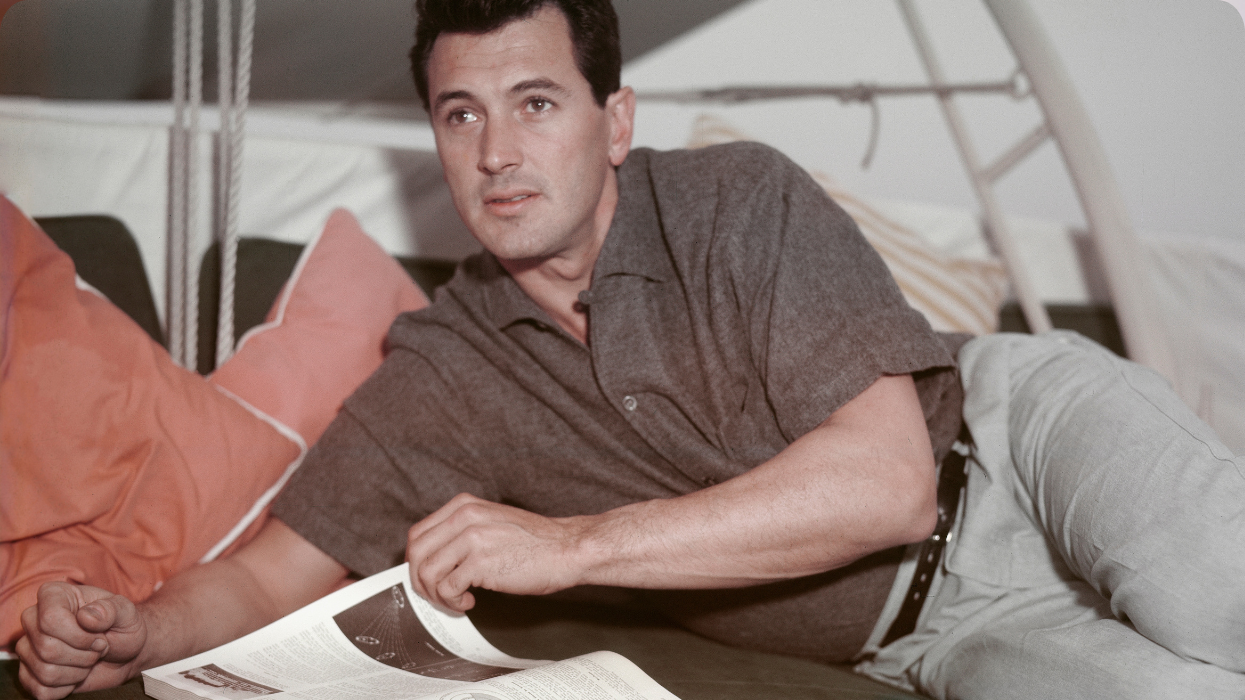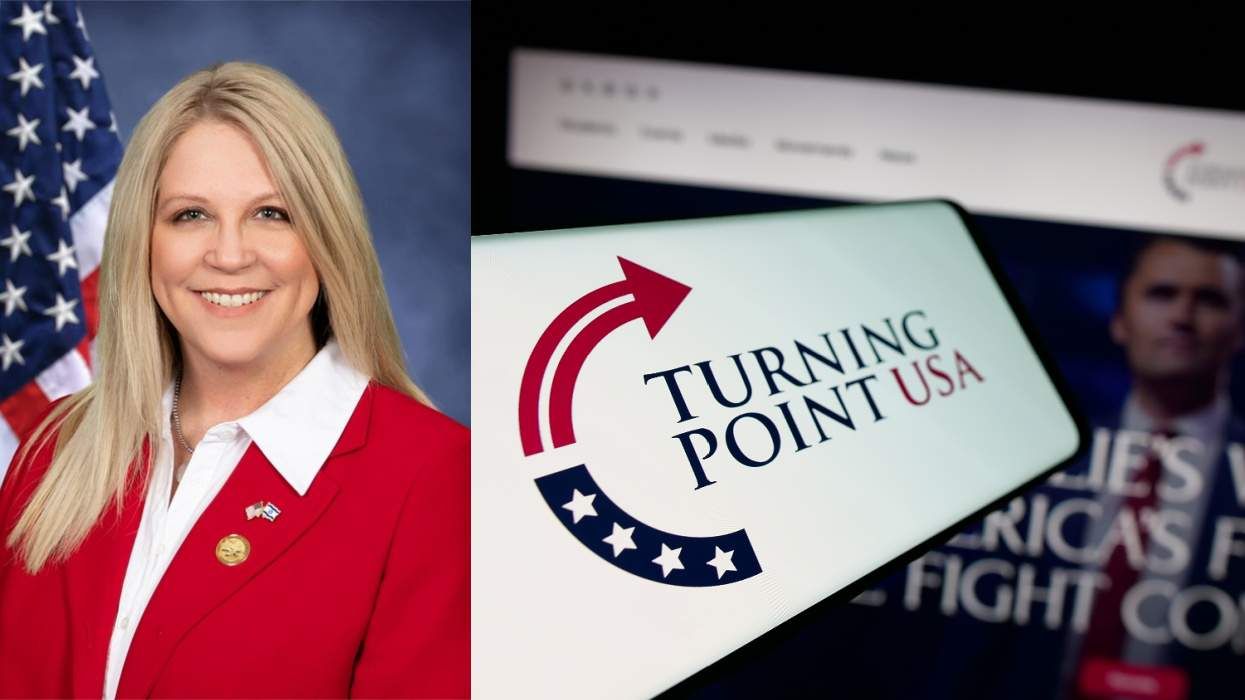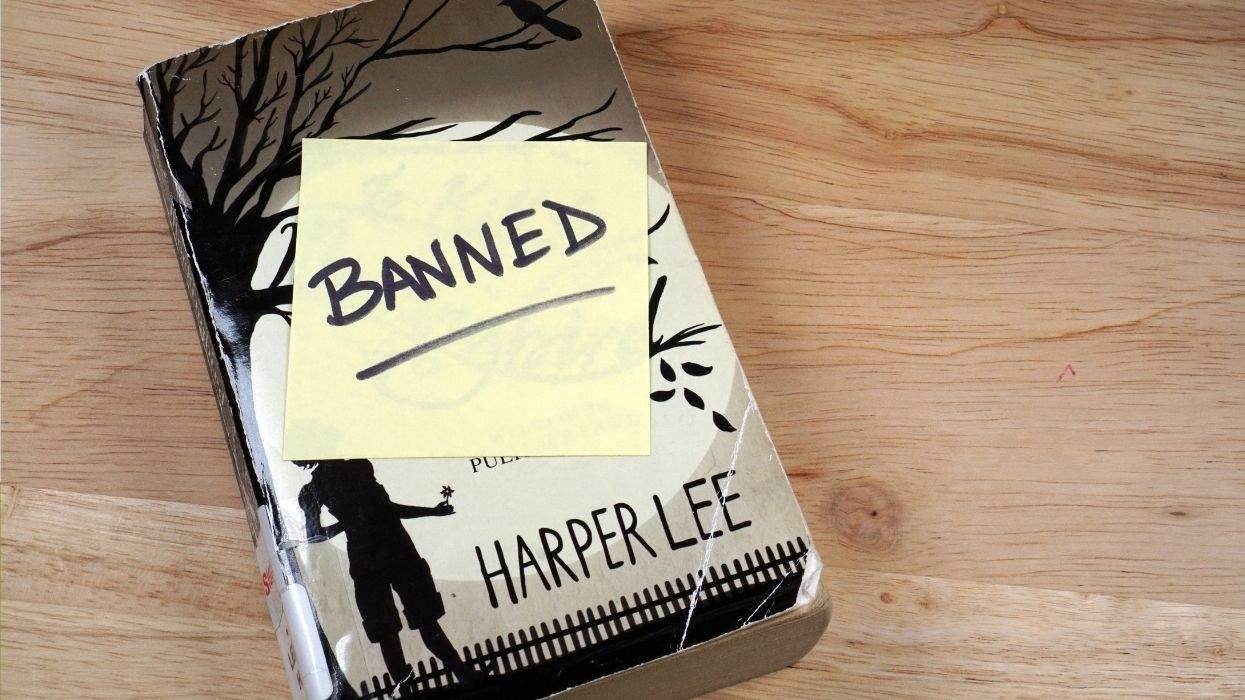The 2008 election
may already be one for the record books, but triumphant
Democrats are still vying for an elusive political prize --
the 60-seat supermajority required to overcome
Republican filibuster attempts and advance their
legislative agenda swiftly beginning in January. The U.S.
Senate's fate, of course, depends on the outcome of
two remaining undecided races: Georgia and Minnesota.
"The
60-vote, filibuster-proof majority is a goal of Democrats to
be successful in the legislative agenda on a whole
host of items," says Sean Cain, assistant
professor of government at American University in
Washington, D.C.
Although rarely
used before the 1960s, the filibuster has since become an
increasingly common obstructive tactic, whereby opponents of
a Senate proposal extend debate indefinitely to
prevent a vote from happening. Under Senate rules,
however, 60 senators can end filibusters and push
bills to a vote.
"In the
past few years, the filibuster has become a defining tool of
debate for controversial issues," explains Cain.
Last possessed by
Democrats in 1977 under President Jimmy Carter, a
filibuster-proof majority was considered a tantalizing but
long-shot possibility for Democrats in the 2008
election.
This trend toward
filibustering on contentious items invites the question
of how obtaining the 60-seat milestone might affect gay
rights legislation in the Senate. Despite the hype and
hope, it appears that a potential Democratic
supermajority would have negligible direct impact for
LGBT issues in comparison to other, stronger factors like
lobbying and presidential leadership.
"I think
for these issues," says Cain, "the impact of
the filibuster-proof majority is overstated."
Cain bases his
assessment on the reluctant support for gay rights issues
from right-leaning Democrats, who are increasingly essential
to Democratic supremacy.
"Just
having a 60-vote supermajority won't be enough for
the Democrats. They have to be able to hold them
together. That's easier said than done."
Ken Sherrill,
professor of political science at Hunter College of the
City University of New York, agrees.
"I
don't think the issue is whether we have a
filibuster-proof majority," says Sherrill.
"You don't need a filibuster-proof majority.
You need 60 votes."
Sherrill cites
the pragmatic, bipartisan coalitions that successfully
passed other civil rights legislation, as far back as 1964.
"You need
a stamp of approval," he says. "It
demonstrates there is broad consensus."
In other words,
if lingering legislation on hate crimes and employment
nondiscrimination moves, it will likely be a bipartisan
effort of many, but not all, Democrats working with
more moderate Republicans.
But even then,
the Senate will have been but one ingredient in the
complex process that gets legislation passed.
"There has
to be some lobbying," says Sherrill. "There
has to be some education. There has to be some signal
from the White House that they want this to go
forward."
Once again, it
seems, all eyes are on the president-elect and his
incoming team even as the coveted "magic 60"
hangs in the balance.
Georgia
After the
concession of long-serving Republican senator Ted Stevens of
Alaska, Democrats and the two independents who caucus with
them hold 58 seats. The results of undetermined
contests in Georgia and Minnesota could push them to
the supermajority, but the races show distinctly
different dynamics, and suggest that a split victory is
slightly more likely than a Democratic sweep.
In Georgia,
first-term Republican incumbent senator Saxby Chambliss will
face Democratic challenger Jim Martin in a runoff election
on December 2. The rematch is the result of a Georgia
law that requires a candidate to receive more than 50%
of the total vote to win. In the original contest,
Chambliss garnered 49.8% of the vote, Martin received 46.8%,
and Libertarian candidate Alan Buckley took 3.4%.
With the two
leading candidates now set back to zero, winning is largely
a matter of who can compel the most voters to participate
given the unusual circumstances.
"There's a lot of uncertainty," says
Alan Abramowitz, professor of political science at
Emory University. "The uncertainty is, Whose
supporters are going to turn out?"
One thing that is
certain, says Abramowitz, is that only half of the 3.9
million voters who participated in the presidential election
are expected to turn out in December. Particularly
important for Democrats is sustaining enthusiasm among
the more than 240,000 new African-American voters who
were energized by the historic Obama candidacy.
"They're going to try to get as many of those
new Democratic voters out there as possible,"
says Abramowitz, "but they are not going to be able
to get them all out."
When a similar
Senate runoff was held in Georgia in 1992, Republican
challenger Paul Coverdell defeated incumbent Democrat Wyche
Fowler, who led but did not obtain a majority in the
first round. Turnout fell by 50% in the runoff.
Another factor
favoring Republicans is Libertarian voter behavior.
Overall, Libertarians gravitate toward Republicans,
suggesting their votes for Buckley could go to
Chambliss. A recent Rasmussen Reports poll showed
Chambliss in the lead with 50%, compared to 46% for Martin.
Above all,
despite changing demographics, Georgia remains reliably red;
Republican presidential candidate John McCain carried the
state. High-profile visits completed and in the works
from former President Bill Clinton, Vice President Al
Gore, and potentially even Obama himself may not be
sufficient to produce a Democratic victory.
Minnesota
If parties are
working feverishly to tip the results in Georgia, in
Minnesota the task largely involves waiting for results to
reveal themselves in the tight contest between
first-term Republican incumbent Norm Coleman and
Democratic challenger Al Franken. Right now the state is
undertaking a painstaking hand recount of 2.9 million paper
ballots. The effort was prompted by Coleman's
razor-thin lead -- 215 votes, well within the one half
of 1% that triggers a recount under state law.
"When you
have 215 votes separating the candidates, errors can make
all the difference in having the incorrect candidate
called the winner," says Mary Currin-Percival,
assistant professor of political science at the
University of Minnesota, Duluth.
During the
recount, which is expected to last until December 5,
representatives for both campaigns will observe and
challenge ballots, which the secretary of state will
then forward to the State Canvassing Board for a
December 19 ruling. Meanwhile, in a separate matter, the
Franken campaign is pressing for a number of rejected
absentee ballots to be considered. If court
proceedings and delays ensue, by law the U.S. Senate
would decide the winner.
Despite the high
stakes, the recount thus far is generally organized and
calm.
"In
Minnesota it's a pretty open process," says
Currin-Percival. "In all elections, there are
mistakes, but in the hand recount, you find the true
winner."
Among the
potential mistakes in question are about 34,000 residual
votes, or ballots that lack a recorded Senate vote,
either because the voter intentionally skipped the
contest or a machine could not read the oval marked on
a hand ballot. A new study by Dartmouth College professors
Michael Herron, Jonathan Chipman, and Jeffrey Lewis uses
data from the 2006 and 2008 general elections to show
that more of those latter, unintentional residual
ballots tend to be cast by Democrats, suggesting that
Franken could trump the slim Coleman margin.
No matter what
happens in Minnesota, the state's characteristic
order and clarity are expected to prevail.
"Essentially, there's not going to be the
situation with hanging chads," said Kevin
Parsneau, assistant professor of political science at
Minnesota State University, Mankato, referring to the
chaotic scenes that plagued the Florida recount of
2000.




































































Charlie Kirk DID say stoning gay people was the 'perfect law' — and these other heinous quotes